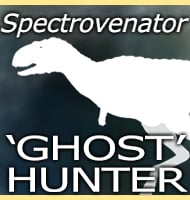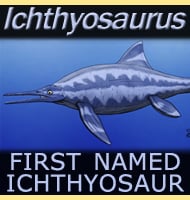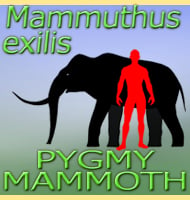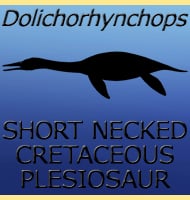In Depth
Babiacetus was a member of the Archaeoceti, a group of primitive whales that also includes genera such as Basilosaurus, Dorudon, Protocetus and Zygorhiza. Babiacetus seems to have lived more during the middle Eocene, though since the genus is currently only known for cranial remains, we do not know how well developed the actual body was for an aquatic lifestyle. Babiacetus is noted for having large teeth that were around three and five centimetres long along the base of the crown. The large size and spacing of these teeth indicate that Babiacetus was a predator of large to mid-sized marine organisms, including fish and possibly other marine mammals. The auditory bulla of Babiacetus is also noted as being narrower than that of Rodhocetus.
Further Reading
- A new archaeocete (whale) from the Eocene of India - A. N. Trivedy & P. P. Satsangi - 1984. - Middle Eocene Cetaceans from the Harudi and Subathu Formations of India - S. Bajpai & J. G. M. Thewissen - 1998.









